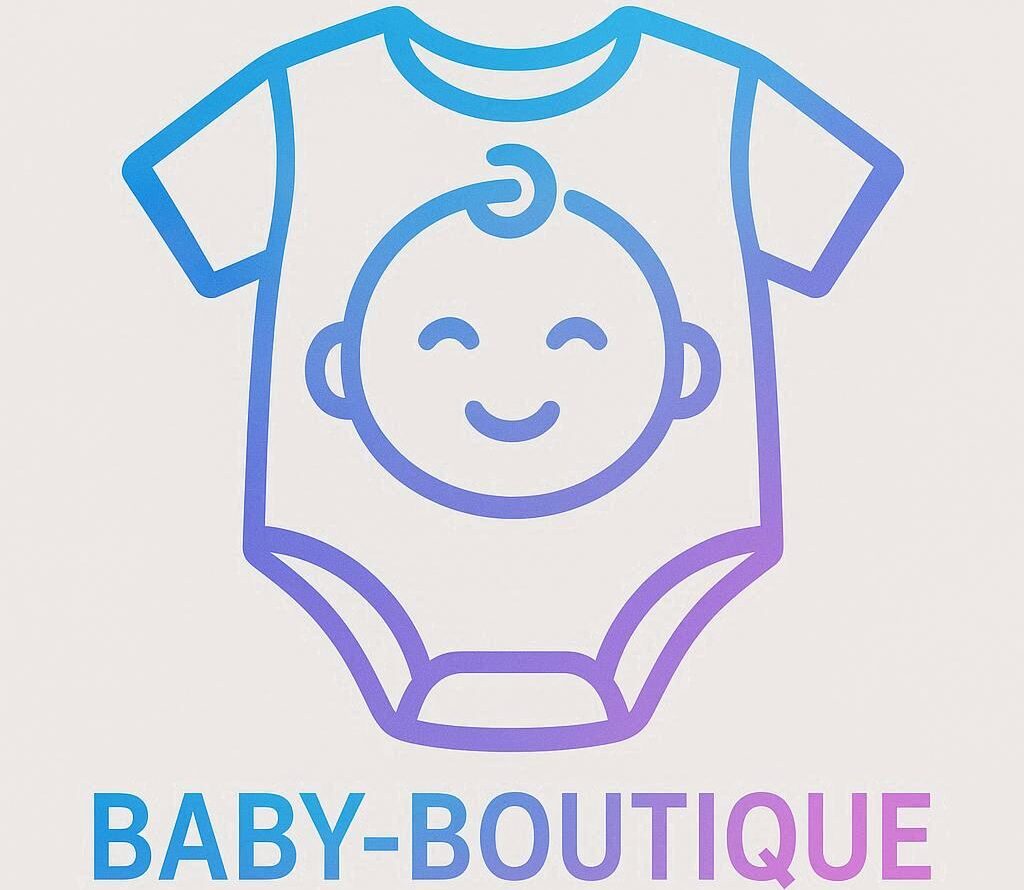In the quest for those perfect swaddle blankets, it’s key to consider what they’re made of. Newborns have super sensitive skin, so going green isn’t just about saving the planet—it’s about giving your baby the best start too. Eco-friendly fabrics are all the rage for a reason: they’re gentle, sustainable, and often a lot kinder to skin.
Let’s break down some popular eco-friendly fabric choices. Organic cotton is a classic go-to. It’s soft, breathable, and really reliable for baby products. Then there’s bamboo fabric, which has this natural antibacterial quality and is insanely soft. Hemp might not be the first thing that comes to mind, but it’s durable and actually softens with every wash.
Choosing these organic materials can bring peace of mind. Hypoallergenic properties mean fewer chances of rashes or skin irritations, which is a huge win for new parents hustling to keep their little ones comfortable.
Thinking about fabric isn’t just a comfort thing—it’s about health, too. These natural fabrics allow for better air circulation, which keeps your tiny human cool and snug without overheating. A good swaddle should feel like a gentle hug, not a sweaty mess.
When you’re out shopping, check for those certification labels. Look for Global Organic Textile Standard (GOTS) or similar marks that tell you the fabric’s the real deal, grown without pesticides and free from harmful chemicals. It’s an extra step, but worth it.
Heard from a friend the other day about how they’ve tried a bunch of different eco swaddles. They swore by bamboo for the cool feel, especially during summer nights. Every baby is unique, so it may take a little trial and error to find what works best. The goal is to keep them happy and you, stress-free.
Mastering Wrapping Techniques: A Safe and Cozy Experience for Your Baby
Nailing that wrap isn’t just about snug comfort—mastering swaddling literally helps your baby feel secure and can really aid in getting better sleep. Different techniques can change how effective your swaddle is. Let’s tackle a couple that are easy to try out.
The classic swaddle wrap is probably where most folks start. It involves laying the blanket in a diamond shape, folding down the top corner, and placing your baby face-up on it. Then comes the snug part: wrap one side over and tuck, bring up the bottom, and then wrap the other side over. It’s like making a baby burrito, but not too tight!
Another popular method, the ‘DUDU,’ involves a Down-Up-Down-Up sequence. Start down one arm and tuck, pull up from the bottom, wrap down the second arm, and then finish by securing the remaining side. It’s a bit more involved but gives a great snug fit.
For those who prefer simplicity and maybe a bit more flexibility, try out the pod or sleep sack. These are basically ready-made swaddles with really straightforward zippers or Velcro fasteners. They take a lot of guesswork out of ensuring the right fit.
Safety is always a top priority. Make sure your swaddle isn’t too tight—your baby’s hips should still be able to move a bit to prevent hip dysplasia. And keep those tiny heads free to avoid anything that might mess with their breathing. Aim for snug, not strangled.
Pediatricians often stress letting your baby’s natural reflexes guide how tightly to swaddle, so always pay attention to those little movements. When in doubt, slightly loosen the wrap and check if your baby seems comfortable.
Parents who’ve grappled with these techniques often have little nuggets of wisdom—like finding the right temperature for room and swaddle combo to avoid overheating. Sharing these stories with other parents creates this nice sense of community. Everyone’s trying to figure it out, one swaddle at a time.
Got questions or need advice on swaddling? Jump into a discussion with pediatricians or fellow parents. They often have real-life tips that go beyond any guidebook. And hey, talking about these experiences can help you find the perfect technique that suits both you and your baby.
